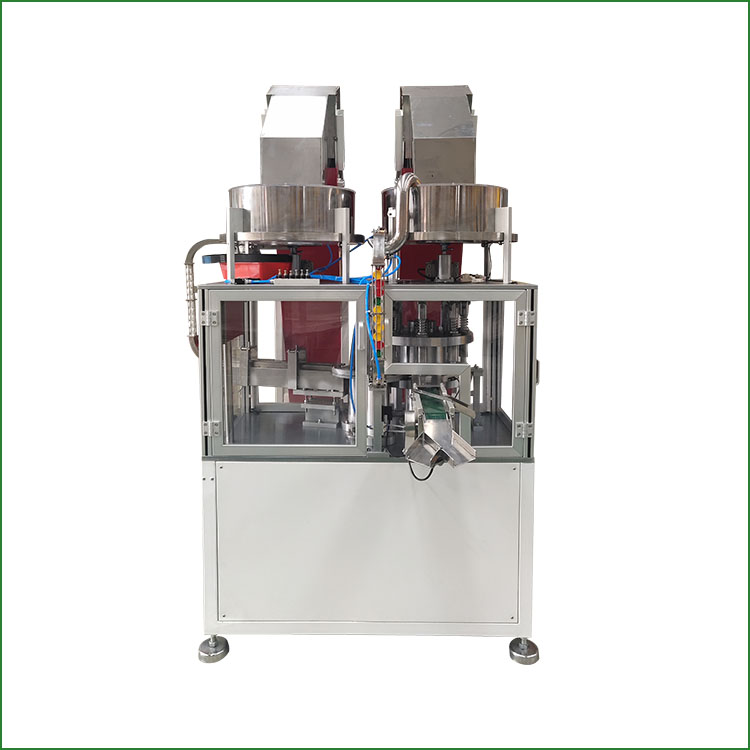Functions of Full Automatic Plastic Cap Machine
2023-12-14
A full automatic plastic cap machine, also known as an automatic cap molding machine or injection molding machine for caps, performs several essential functions in the process of manufacturing plastic caps. These machines are designed to streamline the production of caps with high efficiency and minimal human intervention. Here are the key functions of a full automatic plastic cap machine:
1. Material Feeding:
- The machine is equipped with a hopper to store and automatically feed plastic resin granules or pellets into the system. This ensures a continuous supply of material for the molding process.
2. Plasticizing:
- The plasticizing unit of the machine is responsible for melting and homogenizing the plastic material. This is typically achieved using a screw or plunger mechanism that heats and compresses the plastic.
3. Injection:
- The injection unit injects the molten plastic into the mold cavity. This is a crucial step where the plastic takes the shape of the mold, forming the final cap.
4. Mold Clamping:
- The clamping unit holds the mold together during the injection process. It provides the necessary force to keep the mold closed and withstand the pressure exerted during injection.
5. Mold Opening and Closing:
- The clamping unit is responsible for opening and closing the mold. After injection, the mold opens to allow for the ejection of the finished caps, and then it closes to prepare for the next injection cycle.
6. Ejection:
- The ejector system helps push the molded caps out of the mold cavity after they have solidified. This ensures a smooth and efficient ejection process.
7. Cooling:
- A cooling system is employed to cool the mold after each injection cycle. This solidifies the plastic, allowing for the easy removal of the finished caps and facilitating a faster production cycle.
8. Temperature Control:
- The machine features a heating system to maintain precise temperatures in the plasticizing unit and the mold. This is critical for achieving consistent quality in the molded caps.
9. Hydraulic System:
- The hydraulic system provides the necessary force for the clamping and injection processes. It includes hydraulic pumps, cylinders, and valves.
10. Electrical Control:
- An electrical control system, typically driven by a programmable logic controller (PLC), governs the overall operation of the machine. Operators can input settings for temperature, pressure, and timing through a human-machine interface (HMI).
11. Quality Control:
- Some machines are equipped with vision systems or sensors for quality control. These systems inspect the molded caps for defects and ensure that only high-quality caps are produced.
12. Safety Features:
- Safety features such as emergency stops, interlocks, and safety guards are integrated into the machine to protect operators during its operation.
13. Automation (Optional):
- Some advanced machines may feature robotic systems for automated handling, removal, and stacking of finished caps, reducing the need for manual intervention.
These functions collectively contribute to the efficient and automated production of plastic caps in a full automatic plastic cap machine.



